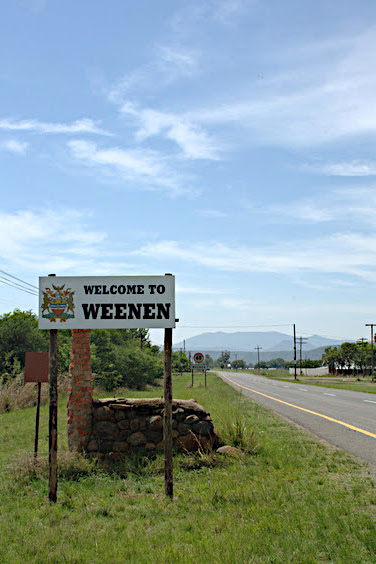Weenen: The Town Born from a Tragic Past in KwaZulu-Natal
Weenen, a term in Dutch which translates to "wept," stands as a testament to the turbulent history of South Africa. Located on the serene banks of the Bushman River in KwaZulu-Natal, it remains as the second oldest European settlement in the region.
In 1838, the Voortrekkers, pioneers of Dutch descent, sought new horizons and set foot near the royal kraal of the Zulu King Dingane. Their presence, unfortunately, led to heightened tensions. In a series of tragic events in 1839, Dingane's warriors launched an assault, leading to what would be forever remembered as the Weenen massacre. The aftermath was devastating: 100 men and women, 185 children, and around 200 coloured servants lost their lives.
Two months post this sorrowful event, plots were laid out at the very site of the massacre. The town was named Weenen, which means "place of weeping" in Dutch, a grim nod to its blood-soaked genesis. By 1841, the settlement was officially recognized and surveyed.
The resilience of the human spirit is evident in how Weenen evolved. By 1910, it fell under the governance of a local board. Progress brought with it an innovative mode of transportation—a narrow gauge railway built in 1907. This railway, connecting Weenen to Estcourt (47 kilometers to the west), operated until 1983. The town, being rich in agricultural produce, primarily cabbages, utilized this railway to transport its goods. Due to its unique cargo, it affectionately garnered the name "Cabbage Express."
The tragic events that birthed Weenen need closer inspection for their historical significance. After the Zulu King Dingane ordered the killing of Piet Retief and about 100 members of his delegation, there was no reprieve for the remaining Voortrekkers. The Zulu forces, known as impis, were dispatched to various Voortrekker encampments. Doringkop, Bloukrans (Blaauwekrans), Moordspruit, and Rensburgspruit along the Bushman River (Zulu: Mtshezi) became scenes of horrifying bloodshed. The total casualties were staggering. Apart from the Voortrekkers, 41 men, 56 women, and 185 children, about 250 to 252 Khoikhoi and Basuto who accompanied them, were also slain, leading to a grim total of 532-534 casualties.
Today, Weenen stands as more than just a town in KwaZulu-Natal. It's a poignant reminder of South Africa's complex past, characterized by both conflict and cooperation among its diverse inhabitants. The town's existence is a testament to the human capacity for resilience, renewal, and remembrance.

